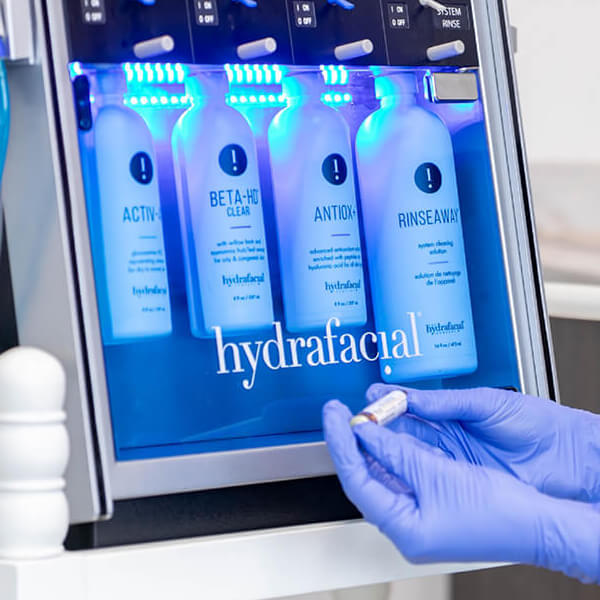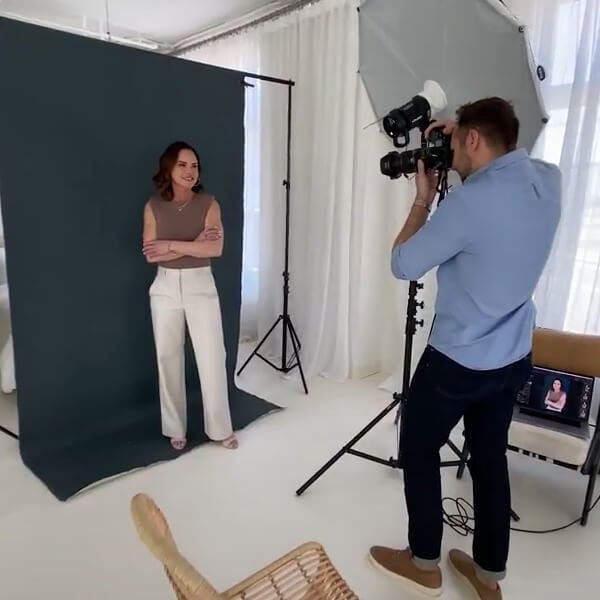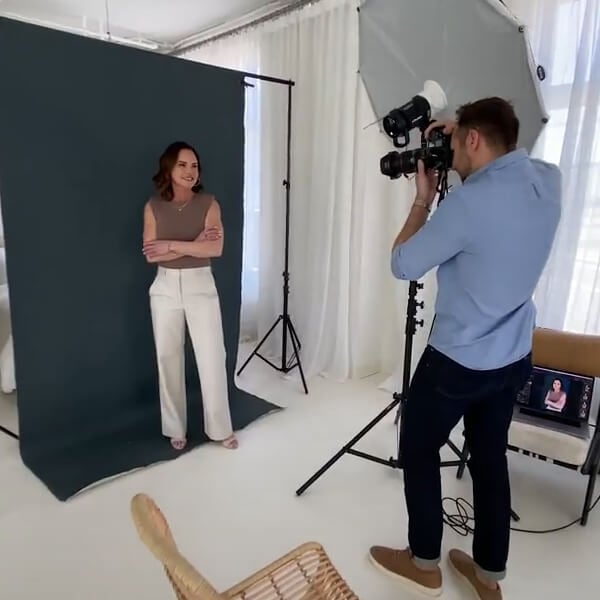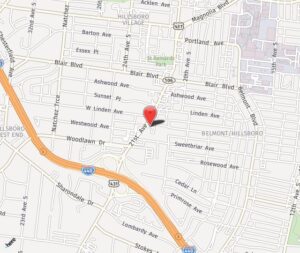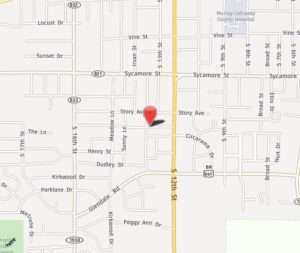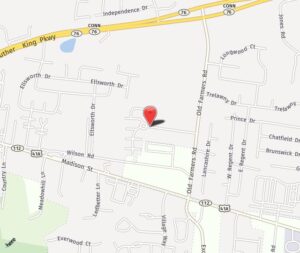Breast augmentation has long been one of the most popular cosmetic surgery procedures performed. There are different styles of implants, different sizes, different placement options, and yes, different places for the surgeon to make the incision.
There are four different areas on your body that can be used to make an incision. Each has their advantages and disadvantages. Some, however, are more popular among surgeons for various reasons. Let’s take a closer look at the different areas an incision can be created in order for a breast implant to be placed.
Inframammary Fold (Under the Breast)
The inframammary fold is the area on the underside of your breast where the bottom of the breast meets the upper part of the abdomen. This is one of the most popular incision sites for breast augmentation to be performed. This is far and away Dr. Harris’ preferred incision location.
There are many upsides to this incision and, frankly, very few downsides. The inframammary incision allows for complete visualization of the entire “pocket” that needs to be created for a breast implant to be inserted. It also allows a very minimal amount of actual breast tissue to be disrupted during breast augmentation.
When placing a breast implant beneath the chest muscle, the muscle has to be detached from the rib it is connected to. One of the most critical parts of breast augmentation is precisely removing the muscle off of the rib cage. This incision allows the best visualization of the chest muscle in order to accomplish this.
Once the implant is in place, another very important step is to sew the supporting tissues back together in a meticulous and precise manner to allow for the implant to be appropriately positioned once it settles in place.
Again, the inframammary fold incision allows the best view for the surgeon to recreate your natural anatomy and ensure the implant is correctly located in the pocket. This incision allows for the placement of the implant to be above or below the muscle depending on the placement the surgeon recommends and to provide the results the patient desires. This incision is also well hidden even when nude. As Dr. Harris says, usually the only people who will see the scar are the people you want to see the scar. Our patients agree!
Peri areolar (Around the Nipple)
The areola is the area around the actual nipple that is darker than the surrounding skin. This incision can be used to place an implant either above or below the muscle. However, a significantly greater amount of your breast tissue has to be cut in order to get the implant in place. If being placed below the muscle using this incision, there is less ability to see precisely the muscle attachment to the rib. Also, once it is time to sew the pocket closed, it is typically done in a less precise manner. This incision is also visible when nude which often discourages patients from choosing this incision location.
Transaxillary (Through the Armpit)
The transaxillary incision involves the placement of an incision in the axilla (armpit). While these incisions are generally well hidden, there are issues with wound breakdown and wound infections. The armpit is a moist environment that is a breeding ground for bacteria. There is also significant rubbing of the wound even with simply walking that can lead to wound issues and wound breakdown. The scarring left from an incision in the armpit is often not worth the wound issues created.
Implants can be placed above or below the muscle using this incision. However, there are major limitations on how much the implant can settle because the muscle is not typically removed from the muscle. This will often lead to implants that set too high because they cannot drop lower on the chest wall. It is vitally important to ensure that you are a good candidate for this incision in order to obtain the best results possible.
Periumbilical (Through the Belly Button)
The umbilicus (belly button) is the final incision type for breast augmentation surgery. While this incision typically has the least amount of scarring, the limitations associated with this incision are why this has greatly fallen out of favor.
Only saline implants can be placed via this incision. Silicone implants cannot fit through the tunnel that has to be created in order to get the implant from the middle of your abdomen to the chest.
Generally, these implants are required to be above the muscle. The implants are placed into a pocket that has been blindly created, meaning, the surgeon really has no idea what the pocket that will hold the implant looks like because he or she cannot see it. This can lead to a higher risk of short term complications such as a hematoma (a collection of blood around the implant) because if a small vessel is disrupted it often isn’t realized until after the procedure is complete and you are home.
Longer term issues such as capsular contracture can be seen using this incision placement. If a small amount of bleeding occurs (that isn’t enough to cause a hematoma) is present, your risk for the capsule getting thicker than usual increases. This can lead to breast deformity, pain and the need for corrective surgery.
Due to these risk factors, it is most likely Dr. Harris will not recommend choosing this option. However, he will walk you through any questions you may regarding this or any of the other incision locations.
It is very important to discuss with your surgeon about which incision placement is best for you. Dr. Harris has performed more than numerous breast augmentations. His preferred incision site is the inframammary incision for the reasons discussed.
If you have any questions about breast augmentation or if you would like to schedule a consultation, call or text 615-499-4224 today to see what your options are to achieve your cosmetic goals.


